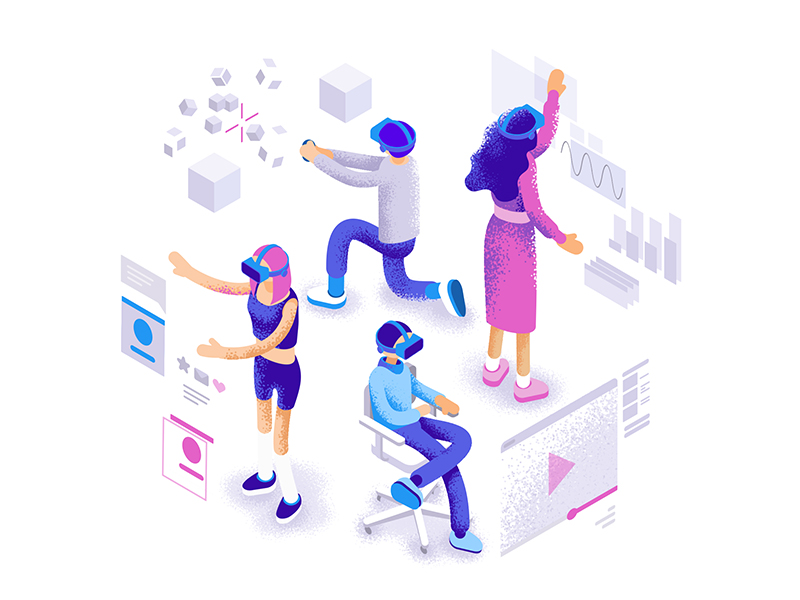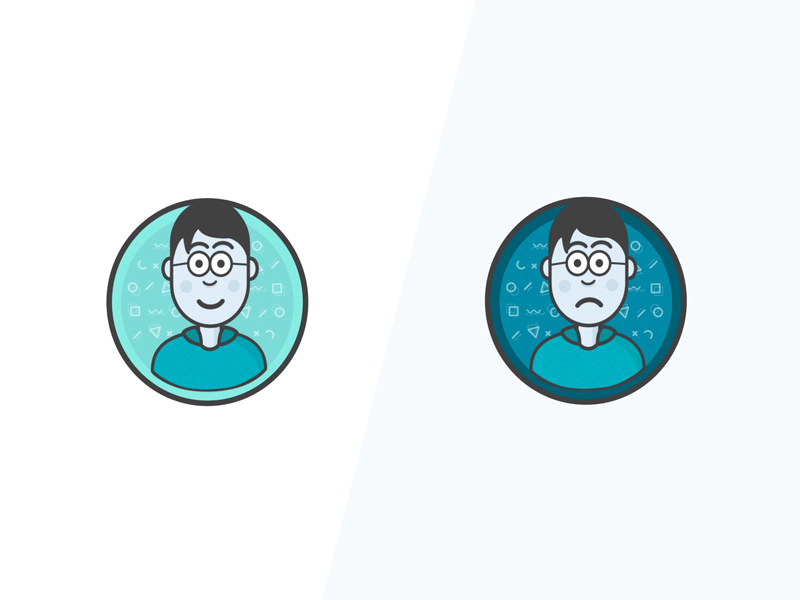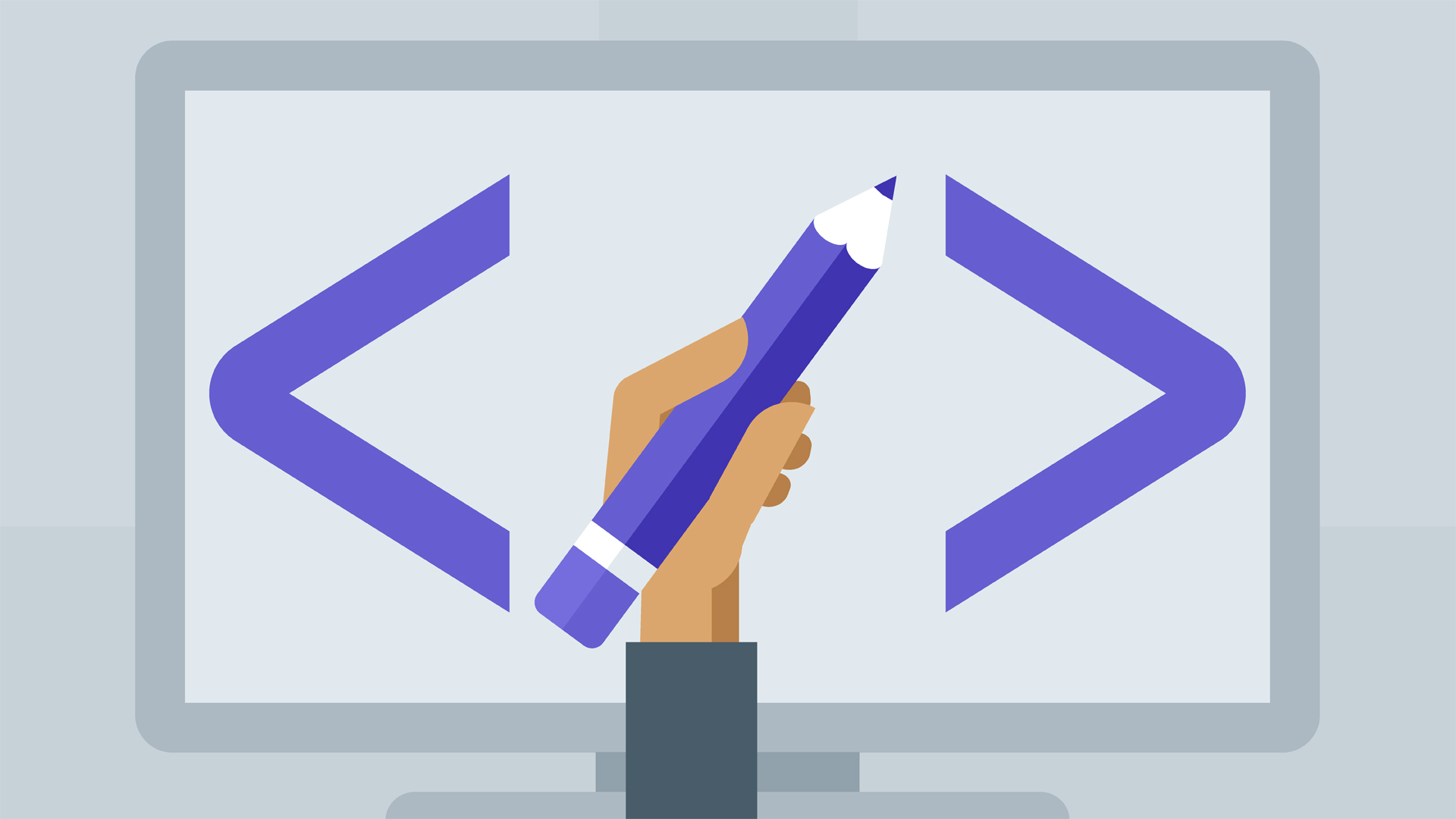2018 has been the year of user experience. Of late, the user experience has come to almost dictate the consumption of digital experiences for the customers. As its importance is predicted to get increased in the upcoming years, there are certain new approaches likely to dominate the scenes by prepping you up for the most popular UX trends of 2019. Our industries are getting disrupted by the technology rapidly and so, it becomes crucial for the UX designers to stay up to date with the trendy updates in the market. The year is about to over and we are already seeing…
1. Augmented Reality
In this tough competition, the developers need to take a step ahead out of the screen-only interfaces and include a much of physical interactions. For this purpose, the AR has bounced in a new era in user interface design for a new way of thinking. It requires the developers to think out of the box or the grid to stay ahead in the upcoming years. It is the time to interact with the UI where one feels they take place within the real world environment rather than fixed screens. In the AR trends, Google and Apple have already introduced in ARCore and AEKit by blending both of world – physical and digital.
2. Biometric Authentication
To be precise, it is not the latest UX trends but yes, it is absolutely revolutionary in the sense of exploring the high defined user experience. In the past, where the businesses were frightened of security issues identity management and authentication can become prime concerns. With the increase in a number of mobile devices and online transactions, biometric authentication can provide a great solution for safety concerns.
Hence, it has become a crucial part of UI and UX trends which can ensure security for both the businesses and the users as well by improving the user experience sustainability. The biometric authentication is of great use in the banking sector to deliver digital experiences through UX design. That’s not the limit, various kinds of authentication such as facial, voice, fingerprint and iris scanning are also becoming the latest mobile UX trends that are gaining attention along with mobile devices.
3. Content-Oriented
It is the reality that content is the king. To evolve your business, you not only need to weave compelling stories around the digital experiences but also design needs to be. The UI and UX are more than just designs and so it is going to be much more informed with user data like behavior, preferences, and journeys.
As of now, we can see that UX is incomplete without content which ultimately makes it a major part of the design itself. Making relevant content according to your target audience is considered as a part of the UX design principles. To hit the right mix of technology and content creates the most relevant user experience by having visuals ordered in a structure that expresses what the content wants to shout out and gets rid of design clutter.
4. Device Agnostic designs
The basic aim of UX design is to get the seamless user experience irrespective of any device they use. It is essential to manage a user’s line of visibility and so we are expecting the ‘mobile-friendly’ or ‘mobile-first’ user experience to be succeeded by device agnostic designs. Whether it is your smartphone or laptop irrespective of any device, by the increasing number of connected devices users will have to push towards creating more dynamic multi-device experiences.
Uber has been a good example of device agnostic design which allows the customers to commence their journey from a voice-command such as Google Home and finish their trip on their iOS or Android phone.
5. Foldable device in-demand
With the huge digital device era, keeping in view the user flexibility there is going to be a demand for foldable devices. There are few prototypes launched to cater this aim by the brands like Samsung, Oppo, LG, and Huawei. It is a complex task to design the user-friendly UX for the foldable devices but yet the developers are forcing themselves to beyond the limits to achieve this goal.
6. From Flat to Material design
Since the release of material design in 2014, flat designs are something that is more likely to fall flat on its face around this time. The user experience design has started to move on a more engaging level with responsive animations, 3D icons, light, and shading features, transitions and much more to the blending minimalism, crispness, and brightness of flat design to liveliness for increasing the interactivity. Flat designs have moved from the details in texture and patterns, adaptability of design to various devices and customized user-centric approach. With the help of material design, it will increase the depth with 3D icons along with shading and light features which will gain high interactivity and adaptability.
7. Voice-activated interface
Voice assistants like Alexa, Siri, Google Home, Echo etc have caused a phenomenal change in the UI and UX designs which eliminates the need to type. Since the voice-activated interface is a handy option, as a search engine optimization it will also resolve queries and provide voice-activated UI just like business look up to. The companies who are looking forward to growing should consider voice-activation capabilities as a part of their design and business strategy.
Is there more?
As of these years, we have seen a large rush towards the UI/UX designs for growth and development. No matter what device you are using, the digital experience has to be flawless. We can also expect some personalized user experience and time saving simple navigation of the screen by implementing these trends. A great UX design feature will definitely cause confusion or increase the time comprehension for the users at first, but it will put out the way later by making a perfect sense. The new trends seem to be progressive in more aspects than the other which seems to take UX at greater heights. Are you ready to experience it?
Author Bio:
Jacob Johnson is working as a Content writer at Tatvasoft.com.au, a custom software and Web development company in Melbourne. Writing is fun for him he gets insight to serve his readers better.



